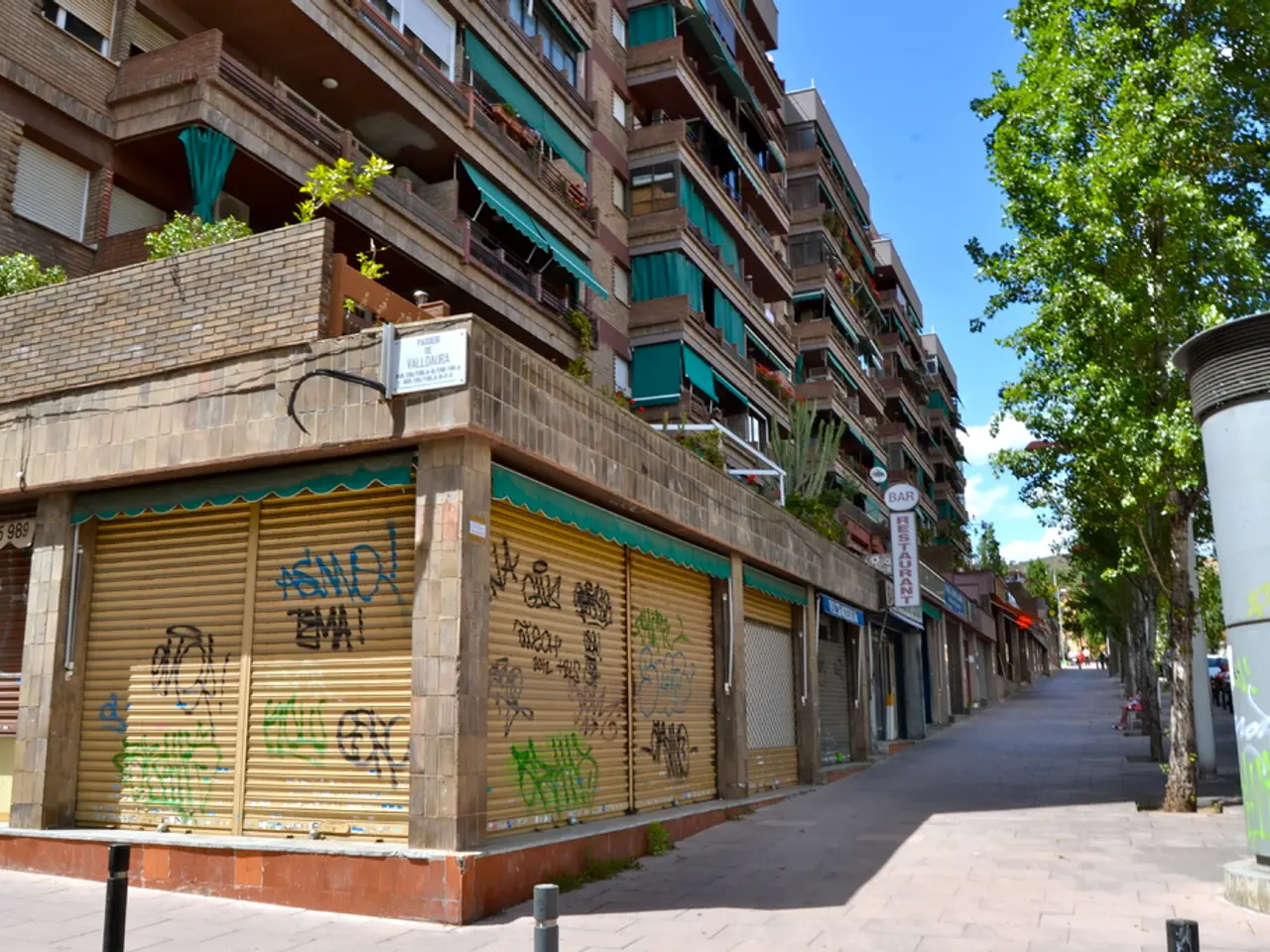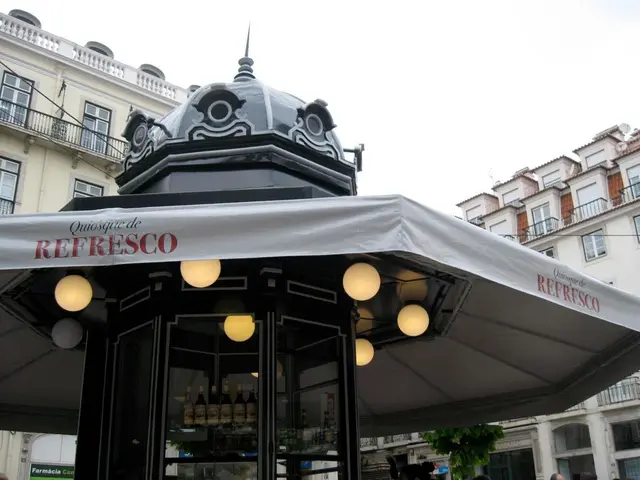Urban Permaculture Adaptation: Implementing Concepts in Urban Spaces
In an increasingly urban world, especially in sub-Saharan Africa, the need for nature-based solutions to urban issues has never been more pressing. One such solution is urban permaculture, a design system that harmonises human needs with ecological principles.
Originating in the 1970s by Bill Mollison and David Holmgren, permaculture offers a practical and sustainable approach to creating urban environments. It promotes efficient design, renewable energy, urban agriculture, and biodiversity, all of which can be beneficial for both people and the planet.
By using native plants that meet local species' needs, urban permaculture can boost urban biodiversity. This is evident in cities like Havana, Cuba, where most food comes from within the city, and in Seattle's Beacon Food Forest, a seven-acre garden in the heart of the city. These examples show how cities can be made better through permaculture practices.
Urban farms and edible landscapes are also growing in cities, bringing local food production closer and cutting down on environmental harm from food transport. Permaculture encourages the use of resource-efficient urban design, such as using renewable energy, harvesting rainwater, and building with sustainable materials.
Urban green spaces, like pocket parks and community gardens, act as wildlife corridors, linking habitats and allowing animals to move freely. These spaces are not only beneficial for urban biodiversity but also for the community. Projects like community gardens and green public spaces bring people together, helping build a strong sense of community.
The Permaculture Design Certification program equips students with skills in ecological design, regional planning, biodynamic & organic gardening, and sustainable economic development models. The training to become a Permaculture Designer is fairly widespread in the USA, with many courses and certifications available. Graduates often apply permaculture principles successfully in urban environments, contributing to sustainable urban agriculture, community gardens, and ecological design projects.
However, the extent of their success can vary depending on local support and resources. Urban professionals can make a big difference by applying permaculture principles in their work, creating edible gardens, reducing waste, and helping cities become greener.
Social permaculture takes this a step further, teaching us how to talk, raise money, and design projects together, supporting sustainable projects in cities. It emphasises the importance of community involvement and collaboration in creating sustainable urban environments.
In conclusion, urban permaculture offers a solution to big urban problems like food shortages and environmental harm by designing spaces that use resources wisely and promote community. By embracing permaculture principles, cities can be made better, greener, and more sustainable, working with nature, not against it.





